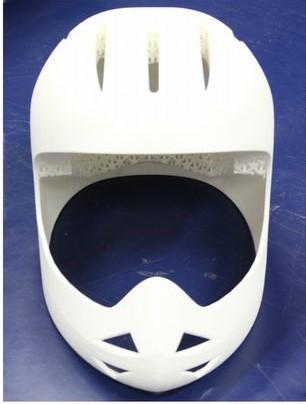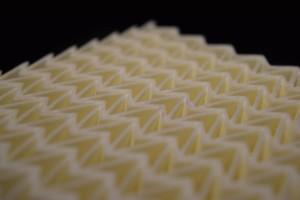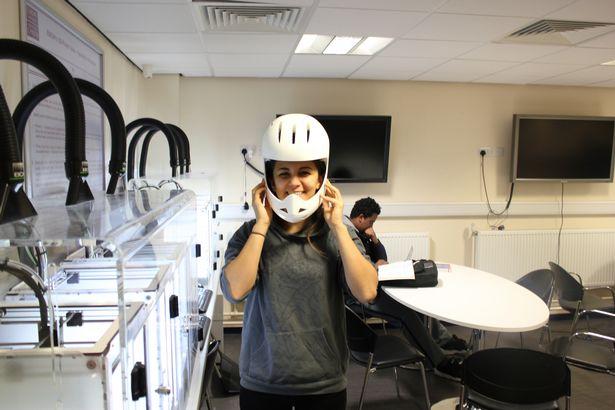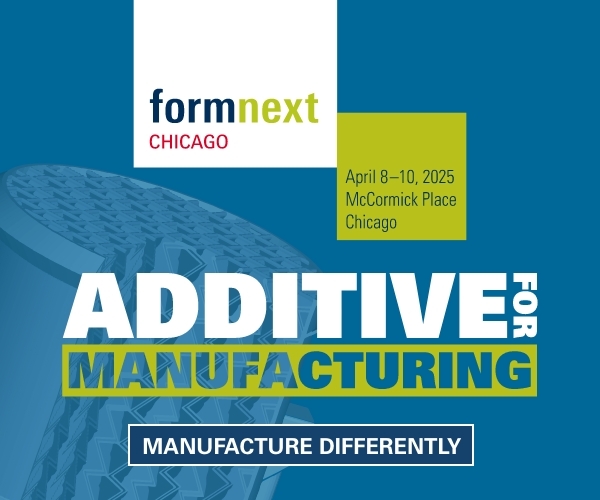Cardiff University and Charles Owen Inc. Awarded Grant to Further Develop 3D Printed Protective Headgear
 Every so often, the stories crop up in the news: the college football star who unexpectedly commits suicide, the NFL “family man” who suddenly shoots his wife. These incidents make the headlines not just because of the tragedy and out-of-character behavior, but because they usually have one thing in common: the football player in question had sustained at least one traumatic brain injury on the field. Football is notorious for its brain-rattling collisions, and as more research is being done, it’s becoming more apparent that head injuries carry the risk of not only permanent physical but psychological damage as well.
Every so often, the stories crop up in the news: the college football star who unexpectedly commits suicide, the NFL “family man” who suddenly shoots his wife. These incidents make the headlines not just because of the tragedy and out-of-character behavior, but because they usually have one thing in common: the football player in question had sustained at least one traumatic brain injury on the field. Football is notorious for its brain-rattling collisions, and as more research is being done, it’s becoming more apparent that head injuries carry the risk of not only permanent physical but psychological damage as well.
It’s not an issue limited to football, of course. Participants in other high-impact sports such as rugby are at risk as well — to say nothing of men and women in the military. The current standard for protective headgear, while it doubtless saves many lives, just isn’t good enough. That’s why the Head Health Challenges were started. A partnership between the NFL, Under Armour, GE, and the National Institute of Standards and Technology has invested $20 million in a series of “challenges” designed to spur innovation in the detection and prevention of traumatic brain injuries.
The first two challenges, which took place in 2014, focused on diagnosis and prevention. Head Health Challenge III, entitled “Advanced Materials for Impact Mitigation,” asked participants to develop and design novel materials for the purpose of creating better protective headgear. The Head Health Challenge, which consists of several phases, will announce a grand prize winner in the autumn of 2016; the winners of the first round were announced yesterday.
 Among the winning teams was a collaboration between Cardiff University and helmet designer/manufacturer Charles Owen Inc. Last year, researchers from Cardiff University’s School of Engineering began developing a new material for the purpose of creating safer bicycle helmets. The material, which has been dubbed C3, consists of multiple layers of a 3D printed elastic designed to absorb and dissipate impact energy. It was designed using a complex computer algorithm that can be tweaked in order to tailor the material for specific purposes.
Among the winning teams was a collaboration between Cardiff University and helmet designer/manufacturer Charles Owen Inc. Last year, researchers from Cardiff University’s School of Engineering began developing a new material for the purpose of creating safer bicycle helmets. The material, which has been dubbed C3, consists of multiple layers of a 3D printed elastic designed to absorb and dissipate impact energy. It was designed using a complex computer algorithm that can be tweaked in order to tailor the material for specific purposes.
“Head injury prevention strategies have remained relatively stagnant versus the evolution of other technologies,” said Dr. Peter Theobald, a lecturer at Cardiff University and one of the project leads. “Our trans-Atlantic collaboration with Charles Owen Inc. has enabled us to pool our highly relevant skills and expertise in injury prevention, mechanics, manufacturing and commercialisation. This approach has already enabled us to develop C3 which shows great promise to better absorb the vertical and horizontal components of an oblique impact. This highly prestigious award provides us with a platform to continue developing C3 towards our ultimate goal of achieving a material that provides a step-change in head health and protection, whilst achieving metrics that ensure commercial viability.”
Researchers from the School of Engineering will work with Charles Owen Inc. over the next year to further develop and test the material. Winning the first round in Head Health Challenge III means that the team will be awarded $250,000 to further their efforts. The grand prize winner will be given $500,000 at the end of next year.
“My grandfather, Charles Owen, started making helmets to protect the British soldiers in 1911 before moving onto motorcycle helmets in 1925, and then equestrian helmets (particularly jockey helmets) in 1938,” said Roy Burek, President and CEO of Charles Owen Inc. “This long and illustrious record in manufacturing innovative products that increase head safety has kept the brand at the center of helmet development for over 100 years. It has only been in the past 15 years that our knowledge of how the brain is injured and how to best protect it has dramatically changed along with the design and manufacture of helmets. I am thrilled to be part of a project that pushes the development of totally new protective technologies and materials so that we can better prevent brain injuries in multiple areas.”
Let’s hear your thoughts on this story in the 3D Printed Protective Headgear forum on 3DPB.com.
Subscribe to Our Email Newsletter
Stay up-to-date on all the latest news from the 3D printing industry and receive information and offers from third party vendors.
You May Also Like
NSF Awards Kentucky $1M for Advanced Manufacturing
The National Science Foundation has awarded a $1 million grant to the University of Louisville for the Advancing Manufacturing and Building Construction Technologies (NSF AMT) project. This initiative is part...
3D Printing News Briefs, May 11, 2024: 3D Printed Stent, Tower, Sculptures, & More
We’re starting off with medical research in today’s 3D Printing News Briefs, as researchers in Korea used CT images and 3D printing to fabricate an educational simulator for a mastoidectomy....
3D Printing Unpeeled: Wind Turbines, Probiotics and Lenses
TPI Composites, ORNL and Ingersoll Rand are working to make wind turbine tooling segments that can be 18.3 meters long. These elements also include resistive wires that help keep the...
Tethon 3D Releases Cost-effective Bioprinter
Tethon 3D, known for its ceramic-loaded DLP materials, custom resins, and DLP 3D printers, has recently released a bioprinter. Vat polymerization printers like DLP systems have been widely used by...

































